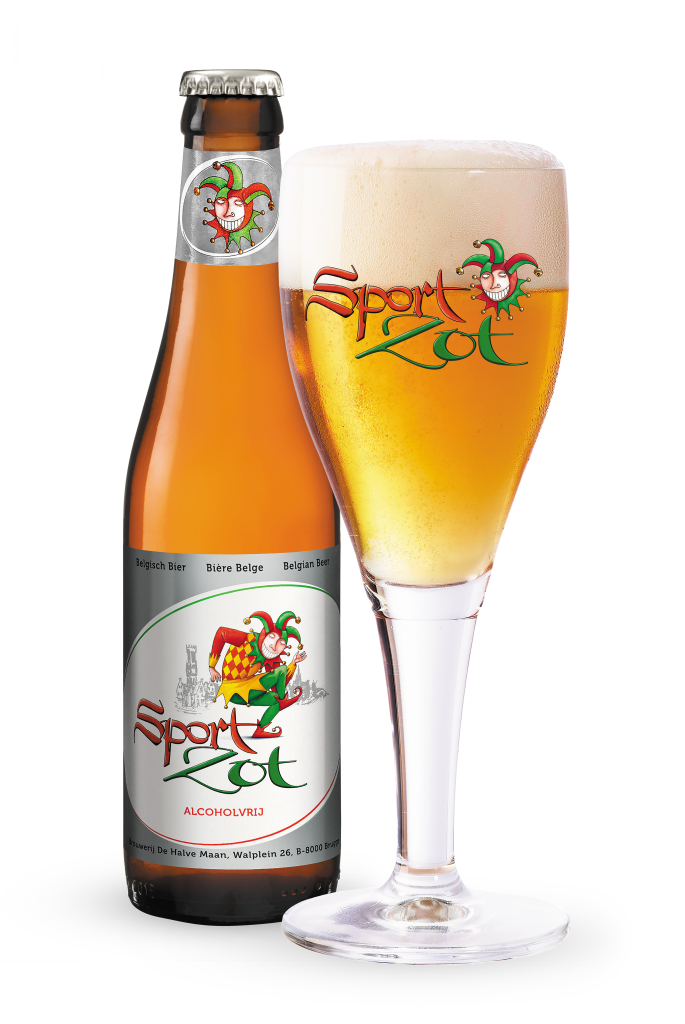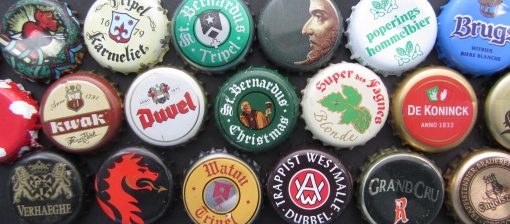

Athletic Brewing Company, the leading US producer of NA beers
When hosting beer events for the general public, I usually offer up a tutored beer tasting to pass on a little of the knowledge that I have built up over many years of delivering tastings and judging internationally at beer competitions. And obviously at times we will taste and discuss a no- or low-alcohol beer. It’s the fastest-growing area of the beer category, and the big brewers have huge ambitions for it. But it’s also where I find a broad division of opinion and encounter common misconceptions. And with alcohol-free beer set to be one of the most dynamic players in the no-low category, now feels like the right time to lay some of the myths to rest.
Common complaints are that they ‘lack flavour’, are ‘too thin’, or even ‘don’t really taste like beer’. Others have opined that if you are going to buy a beer, it might as well be an alcoholic one. Though this latter point, of course, ignores tee-totallers, the growing focus on health, the trend for moderation and the fact that a lot of young people are looking for alternatives to alcoholic drinks when socialising. Either way, an explanation of how these AF beers are made is often useful in helping people to appreciate them.

First off, it’s worth pointing out that alcohol-free beer has come a long way since the late 1980s when a lot of the versions were quite poor: grainy, worty and sweet. In those days no and low beers were commonly made in one of two ways. The first method involved producing a beer in the usual way but avoiding fermentation. So, not really producing a beer at all! This would result in a “beer” at 0.0% abv, as no fermentation took place.
The other method was to ferment the wort quickly, in under 24 hours, and at a cold temperature, to try and introduce some yeast-character into the beer but hardly any alcohol. These beers would usually be under 0.5% abv but, as I said, overly sweet and very worty. However, recently, technological advances have enabled producers to create no and low beers with more flavour.


Who said AF beers can’t be fun? The inimitable Jordan Childs founder of Mash Gang slinging AF beers
In vacuum distillation a beer is produced in the normal way and then heated within a vacuum chamber. The boiling point of the alcohol is lowered and it evaporates. Another technique involves using membrane filtration. Here, extreme pressure is used to push the beer through an extremely tight filter (reverse osmosis) that only water, alcohol and volatile acids pass through. What is left behind after both these processes is a flavourful beer. Since alcohol provides body, it will taste thinner than an alcoholic version, but it will also be dry and can be extremely refreshing. They are expensive processes but can result in tasty beers at 0.5% and under.
Even more recently, brewers have started to use low-attenuating yeast strains that ferment the beer but produce barely any alcohol. Chevalieri, for instance, is a variety of the ale yeast Saccharomyces Cerevisiae and gives flavourful, light beers. There is less fermentation character than those produced using vacuum distillation or reverse osmosis, but costs are also much lower.
These technological advancements have made it much easier to purchase flavourful, fresh and refreshing AF beers, from pale lagers, IPAs and Stouts to Hefeweisse and Belgian Tripels – and most points in between.

It’s a dynamic, exciting and hugely varied category that’s winning over more hesitant consumers bit by bit. Increasingly, the best way to convert a sceptic is not even to explain or educate, but simply to let them taste…
